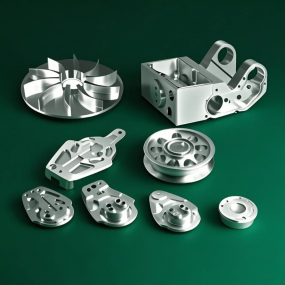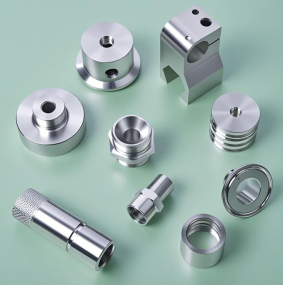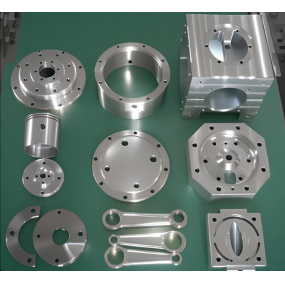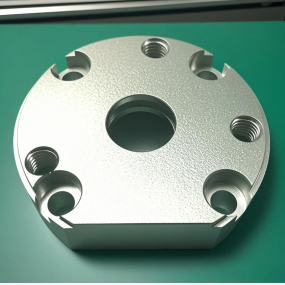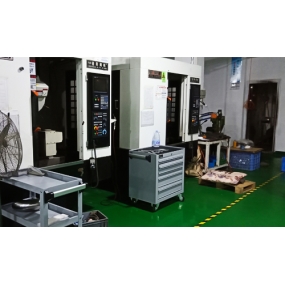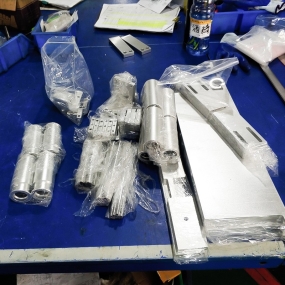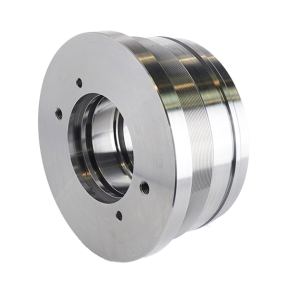Numerical control lathe is an automated mechanical device used to process various metal parts. Numerical control lathes have many advantages over traditional manual lathe machining. Here are some of the advantages of numerical control lathe machining:
High precision: The numerical control lathe adopts a digital control system to achieve high-precision machining. Through precise tool control and workpiece positioning, higher machining accuracy and dimensional consistency can be achieved.
High efficiency: numerical control lathe has high-speed cutting and high-speed feeding functions, which can greatly improve processing efficiency. Automated operation and continuous processing capabilities make numerical control lathes have obvious advantages in mass production.
Flexibility: The numerical control lathe can be programmed and adjusted according to different processing requirements to adapt to various complex part processing. By modifying the program and adjusting the parameters, the processing tasks can be quickly switched to improve production flexibility.
High degree of automation: numerical control lathe with automatic tool change, automatic measurement and automatic correction functions, reducing the need for manual intervention. Simple operation, just enter the corresponding instructions in the numerical control system, the machine can automatically complete the processing process.
Repeatability: The numerical control lathe can precisely repeat the same machining procedure, ensuring that the quality and size of each part are consistent. This is very important for mass production and part interchangeability.
Wide range of processing: numerical control lathe is suitable for the processing of various metal materials, including steel, aluminum, copper, etc. It can complete a variety of processing operations, such as turning, boring, milling, drilling, etc., to meet the processing needs of different parts.
Reduce human error: Since numerical control lathes are automated, the possibility of human error is reduced. Compared to manual operation, numerical control lathes can perform the machining process more accurately, reducing errors caused by human negligence or fatigue.
In general, numerical control lathe parts processing has the advantages of high precision, high efficiency, flexibility, high degree of automation, good repeatability, wide processing range and reduction of human error. These advantages make numerical control lathes widely used in modern manufacturing, improving production efficiency and product quality


 Spanish
Spanish Arabic
Arabic French
French Portuguese
Portuguese Belarusian
Belarusian Japanese
Japanese Russian
Russian Malay
Malay Icelandic
Icelandic Bulgarian
Bulgarian Azerbaijani
Azerbaijani Estonian
Estonian Irish
Irish Polish
Polish Persian
Persian Boolean
Boolean Danish
Danish German
German Filipino
Filipino Finnish
Finnish Korean
Korean Dutch
Dutch Galician
Galician Catalan
Catalan Czech
Czech Croatian
Croatian Latin
Latin Latvian
Latvian Romanian
Romanian Maltese
Maltese Macedonian
Macedonian Norwegian
Norwegian Swedish
Swedish Serbian
Serbian Slovak
Slovak Slovenian
Slovenian Swahili
Swahili Thai
Thai Turkish
Turkish Welsh
Welsh Urdu
Urdu Ukrainian
Ukrainian Greek
Greek Hungarian
Hungarian Italian
Italian Yiddish
Yiddish Indonesian
Indonesian Vietnamese
Vietnamese Haitian Creole
Haitian Creole Spanish Basque
Spanish Basque

